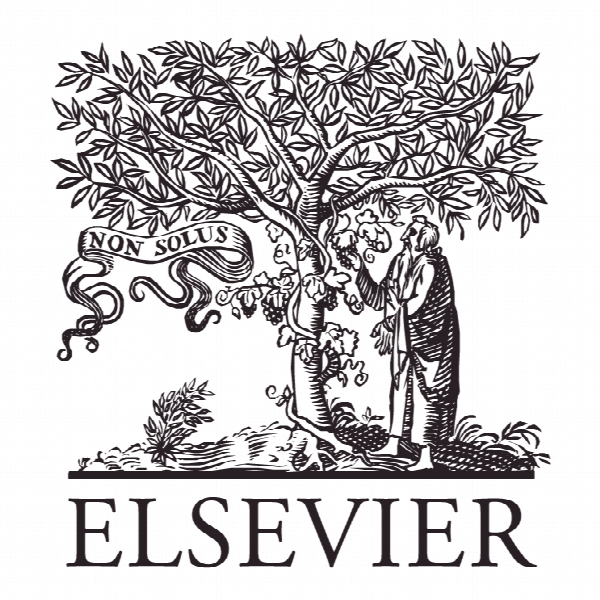محتوا و عملکرد منافع در فنوتیپ گسترده اوتیسم The content and function of interests in the broad autism phenotype
- نوع فایل : کتاب
- زبان : انگلیسی
- ناشر : Elsevier
- چاپ و سال / کشور: 2018
توضیحات
رشته های مرتبط روانشناسی
گرایش های مرتبط روانشناسی بالینی
مجله تحقیقات در زمینه اختلالات طیف اوتیسم – Research in Autism Spectrum Disorders
دانشگاه The University of Texas at Dallas – USA
منتشر شده در نشریه الزویر
کلمات کلیدی انگلیسی Broad autism phenotype, Circumscribed interests, Interests, Adults
گرایش های مرتبط روانشناسی بالینی
مجله تحقیقات در زمینه اختلالات طیف اوتیسم – Research in Autism Spectrum Disorders
دانشگاه The University of Texas at Dallas – USA
منتشر شده در نشریه الزویر
کلمات کلیدی انگلیسی Broad autism phenotype, Circumscribed interests, Interests, Adults
Description
1. Introduction The Broad Autism Phenotype (BAP) consists of mild autism-related traits that do not rise to the level of diagnosis (Bolton et al., 1994; Constantino & Todd, 2003; Piven & Palmer, 1999). Although the BAP includes traits that are both social (e.g., social reticence and untactful behavior) and non-social (e.g., rigid or perfectionistic behaviors) corresponding to core features of Autism Spectrum Disorder (ASD; Baron-Cohen, Wheelwright, Skinner, Martin, & Clubley, 2001; Hurley, Losh, Parlier, Reznik, & Piven, 2007; Losh et al., 2009), research examining cognitive and behavioral manifestations of the BAP has largely focused on its social features. These studies have demonstrated that social BAP traits in the general population are associated with reduced social skill and social cognitive ability (Ingersoll, 2010; Losh et al., 2009; Losh & Piven, 2007; Sasson, Nowlin, & Pinkham, 2013), and poorer social outcomes, including higher levels of loneliness and lower friendship satisfaction (Faso, Corretti, Ackerman, & Sasson, 2016; Jobe & White, 2007; Wainer, Ingersoll, & Hopwood, 2011; Wainer, Block, Donnellan, & Ingersoll, 2013). By comparison, there has been little work examining how non-social characteristics of ASD extend to the BAP. Non-social characteristics of ASD generally fall under the category of repetitive and restricted behaviors, including motor stereotypies, ritualistic behavior, sensory sensitivities, and circumscribed interests (CIs; Esbensen, Seltzer, Lam, & Bodfish, 2009). CIs are defined as an abnormally intense preoccupation with a restricted range of activities or objects that interfere with daily functioning (American Psychiatric Association, 2013). They affect up to 88% of individuals with ASD (Klin, Danovitch, Merz, & Volkmar, 2007), making it one of the most prevalent characteristics of the disorder. Although strong interests are normative during early childhood (Deloache, Simcock, & Macari, 2007), both the content and function of these interests differ between children with ASD and typically developing children (Anthony et al., 2013; Baron-Cohen & Wheelwright, 1999; Turner-Brown, Lam, Holtzclaw, Dichter, & Bodfish, 2011). For example, individuals with ASD typically show more interest in non-social systematizing domains (e.g., understanding machines, numbers), and less interest in social domains and activities (e.g., sports; Anthony et al., 2013; Baron Cohen & Wheelwright, 1999; South, Ozonoff, & McMahon, 2005). These patterns do not abate in adolescence or adulthood, and can negatively impact communication and daily functioning (Bruckner & Yoder, 2007; Chowdhury, Benson, & Hillier, 2010; Piven, Harper, Palmer, & Arndt, 1996; South et al., 2005; Turner-Brown et al., 2011). Indeed, parents of children with ASD report that the accommodation needed to manage circumscribed interests and behaviors is among the biggest challenges they encounter on a day-to-day basis (Mercier, Mottron, & Belleville, 2000; South et al., 2005).


